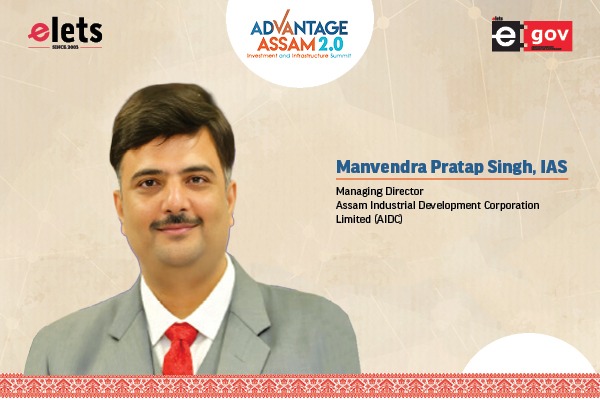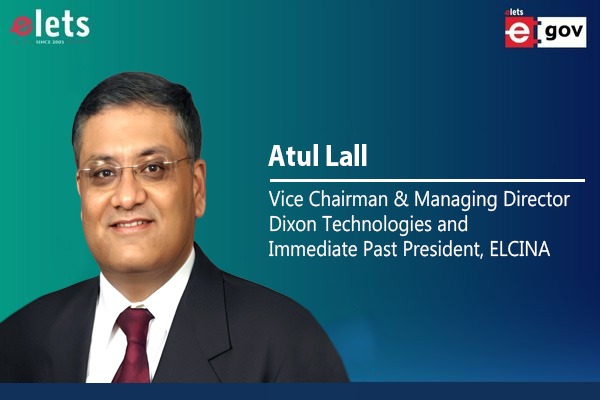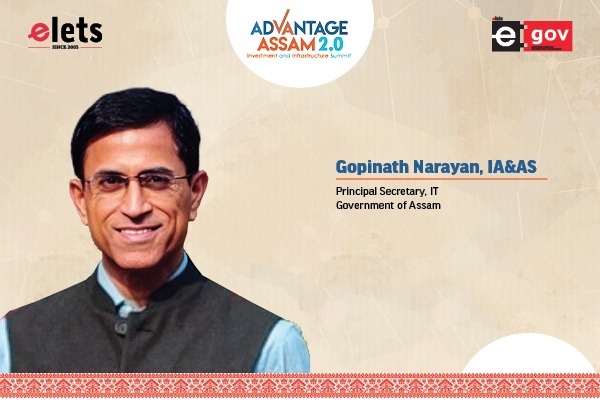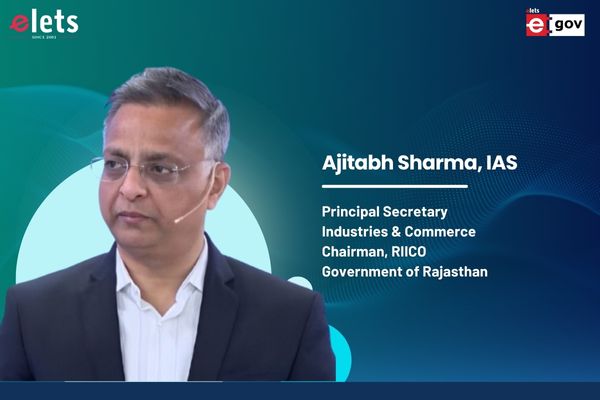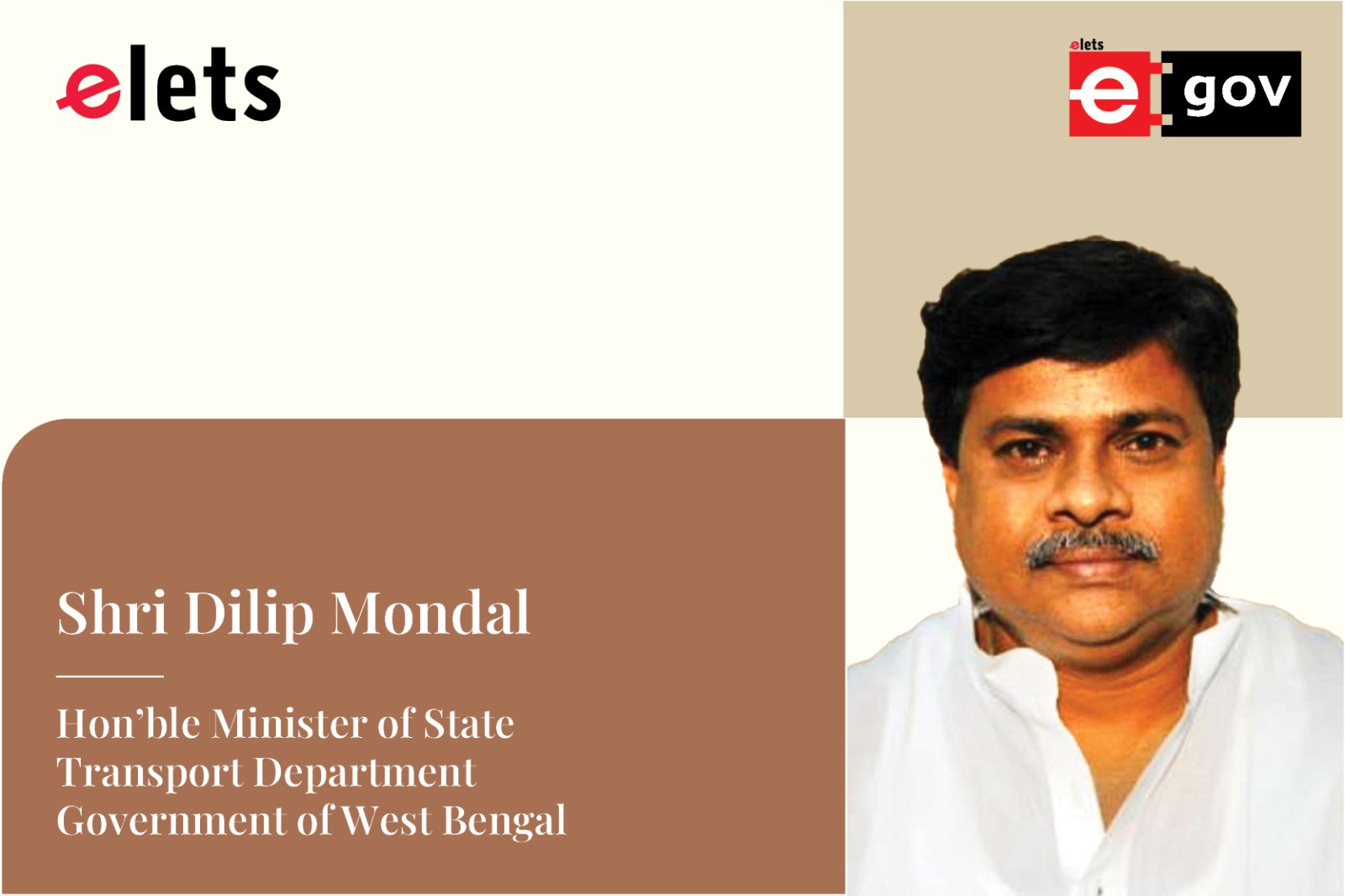
In an era marked by rapid technological advancements and the urgent need for sustainable solutions, the transportation sector is undergoing a transformative journey. From leveraging cutting-edge technologies to enhance urban mobility to promoting the adoption of electric vehicles and creating robust charging infrastructures Dilip Mondal, Minister of State, Transport Department, Government of West Bengal in an exclusive interaction with Puja Banerjee, Assistant Editor, Elets News Network (ENN) offers a comprehensive view of how West Bengal is propelling itself towards a greener, smarter, and more accessible transportation ecosystem. Edited excerpts.
How do you envision leveraging innovative technologies to enhance the transport sector in West Bengal?

The government leverages innovative technologies in West Bengal’s transport sector in several ways:
Smart Traffic Management: Utilizing sensors, cameras, and data analytics to optimize traffic flow, reduce congestion, and improve overall transportation efficiency.

Integrated Mobility Platforms: Developing apps or platforms that provide real-time information on various modes of transport, allowing users to plan and pay for their journeys seamlessly.

Electric Mobility Solutions: Promoting the adoption of electric vehicles (EVs) and building the necessary charging infrastructure to support them.

Intelligent Fleet Management: Using GPS and telematics to monitor and manage public transport fleets for better scheduling, route optimization, and maintenance.
Contactless Payment Systems: Implementing digital payment solutions for fare collection to enhance passenger convenience and reduce cash transactions.
How is the government promoting eco-friendly transportation approaches to reduce the environmental impact of the transport industry?
To reduce the environmental impact of the transport industry, the government has adopted measures such as:
Also Read | Navigating the Path of Progress – West Bengal’s Transportation Odyssey
- Encouraging Electric Mobility: Providing incentives for EV adoption, promoting EV manufacturing, and developing charging infrastructure to transition from fossil fuel vehicles to electric ones.
- Promoting Public Transportation: Enhancing the quality, coverage, and efficiency of public transportation to reduce the number of individual vehicles on the road.
- Cycling and Walking Infrastructure: Developing dedicated cycling lanes, pedestrian- friendly zones, and infrastructure to encourage non-motorized transport.
- Green Fuel Alternatives: Promoting the use of cleaner fuels like compressed natural gas (CNG) and biofuels in public and private transportation.
In light of the increasing popularity of electric vehicles (EVs), what incentives and policies has the government implemented to encourage their adoption in the state?
The government offers incentives and policies to encourage EV adoption, including:
- Subsidies and Tax Benefits: Providing financial incentives such as subsidies and tax breaks for EV buyers to reduce the upfront cost of electric vehicles.
- Lower Registration Fees: Reducing or waiving registration fees for EVs to make them more affordable.
- Charging Infrastructure Incentives: Offering incentives for the development of EV charging stations to address range anxiety.
How is the government supporting the development of EV charging infrastructure to facilitate the growth of electric vehicles in West Bengal?
The government supports the growth of EVs through the following initiatives:
- Charging Station Subsidies: Providing financial support or subsidies for the installation of EV charging infrastructure.
- Public-Private Partnerships:
Collaborating with private companies to establish charging networks across the state. - Fast Charging Corridors: Developing fast-charging corridors along highways to facilitate
long-distance travel for EVs.
How is the government addressing the challenges related to last-mile connectivity and public transportation in rural areas?
The government addresses last-mile connectivity and rural transport challenges by; Introducing Feeder Services like, establishing smaller vehicles or modes of transport that connect rural areas to main public transport hubs. Flexible Routes, such as providing flexible or demand- responsive services that adapt to the needs of rural communities. Local Transport Solutions like encouraging the use of shared vehicles, like e-Rickshaws, for intra-village transportation.
What role do you see ride-sharing and other shared mobility solutions playing in improving urban transportation in the state?
Shared mobility solutions, including ride-sharing, could play a significant role in improving urban transportation in the state by:
Also Read | India’s Transport Sector Needs Technological Overhauling
- Reducing Congestion: Shared rides can reduce the number of vehicles on the road, easing traffic congestion.
- Affordability: Shared rides can be more cost-effective for users, making public transportation options more attractive.
- Environmental Impact: Fewer vehicles on the road mean reduced emissions and environmental impact.
- First-Mile/Last-Mile Connectivity: Shared mobility can bridge the gap between public transportation and users’ final destinations.
Be a part of Elets Collaborative Initiatives. Join Us for Upcoming Events and explore business opportunities. Like us on Facebook , connect with us on LinkedIn and follow us on Twitter, Instagram.
"Exciting news! Elets technomedia is now on WhatsApp Channels Subscribe today by clicking the link and stay updated with the latest insights!" Click here!




